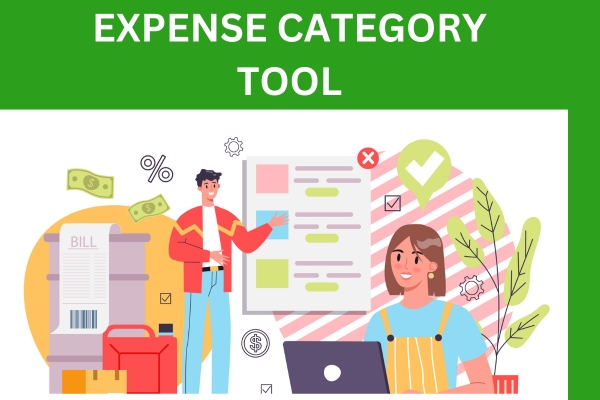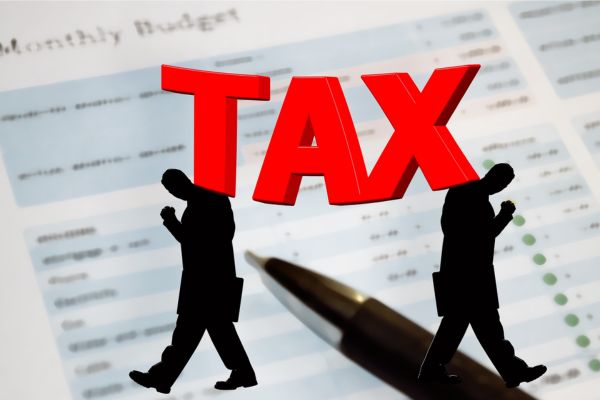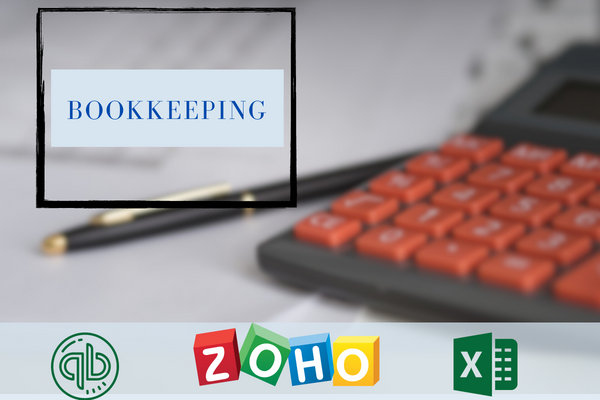When it comes to running a business, managing expenses is a crucial task. One area that requires careful attention is the tools and equipment necessary for daily operations. Properly categorizing these expenses helps maintain financial clarity and facilitates budgeting. In this article, we will explore different expense categories for tools, providing you with a comprehensive guide to organizing your business finances efficiently.
Understanding Expense Categories
Expense categories are essential for classifying and organizing your business expenses. By creating specific categories, you gain better visibility into your spending patterns and can allocate budgets more effectively. When it comes to tools, each category represents a distinct area of your business operations where these tools play a significant role.
Expense Category 1: Maintenance and Repair Tools
Overview
Maintenance and repair tools are essential for keeping your business operations running smoothly. These tools are used to maintain equipment, troubleshoot issues, and perform necessary repairs.
Examples of Maintenance and Repair Tools
Wrenches and screwdrivers
Power drills
Multimeters
Lubricants and cleaning supplies
Replacement parts and components
Expense Category 2: Office and Administrative Tools
Overview
Office and administrative tools are necessary for managing daily tasks, streamlining operations, and improving overall efficiency. These tools are often used in administrative departments, such as human resources, finance, and general administration.
Examples of Office and Administrative Tools
Computers, laptops, and tablets
Printers and scanners
Project management software
Communication tools (e.g., email clients, video conferencing software)
File organization and storage solutions
Expense Category 3: Production and Manufacturing Tools
Overview
Production and manufacturing tools are vital for businesses involved in manufacturing, assembly, or production processes. These tools help improve productivity, quality control, and overall output.
Examples of Production and Manufacturing Tools
Machinery and equipment
Assembly line tools
Quality control instruments
Packaging and labeling tools
Inventory management systems
Expense Category 4: Research and Development Tools
Overview
Research and development tools are crucial for businesses focused on innovation, product development, and technological advancements. These tools enable experimentation, data analysis, and the creation of new prototypes.
Examples of Research and Development Tools
Laboratory equipment
Prototyping tools
Simulation software
Data analysis tools
Intellectual property management systems
Expense Category 5: Marketing and Advertising Tools
Overview
Marketing and advertising tools play a vital role in promoting your business and reaching your target audience. These tools assist in creating, managing, and analyzing marketing campaigns across various channels.
Examples of Marketing and Advertising Tools
Social media management tools
Email marketing software
Search engine optimization (SEO) tools
Analytics platforms
Graphic design software
Expense Category 6: Technology and Software Tools
Overview
In today’s digital age, technology, and software tools are essential for businesses of all sizes. These tools facilitate various operations, enhance productivity, and enable efficient communication and collaboration.
Examples of Technology and Software Tools
Project management software
Customer relationship management (CRM) systems
Accounting software
Collaboration and communication tools
Cybersecurity solutions
Expense Category 7: Safety and Security Tools
Overview
Safety and security tools are crucial for ensuring a secure working environment for your employees and protecting your business assets. These tools help minimize risks and prevent unauthorized access or incidents.
Examples of Safety and Security Tools
Surveillance cameras
Alarm systems
Fire safety equipment
Access control systems
Emergency response tools
Expense Category 8: Transportation and Logistics Tools
Overview
Transportation and logistics tools are necessary for businesses involved in the transportation, shipping, and logistics industry. These tools aid in managing deliveries, tracking shipments, and optimizing routes.
Examples of Transportation and Logistics Tools
Fleet management software
GPS tracking systems
Route optimization tools
Warehouse management systems
Delivery scheduling software
Expense Category 9: Customer Service Tools
Overview
Customer service tools are essential for businesses aiming to provide exceptional customer support and build strong customer relationships. These tools help streamline customer interactions and ensure timely and effective problem resolution.
Examples of Customer Service Tools
Helpdesk ticketing systems
Live chat software
Customer relationship management (CRM) software
Knowledge base and self-service tools
Call center management systems
Expense Category 10: Training and Development Tools
Overview
Investing in training and development tools is crucial for nurturing employee skills, improving performance, and fostering growth within your organization. These tools facilitate employee training, e-learning, and knowledge sharing.
Examples of Training and Development Tools
Learning management systems
Online training platforms
Skill assessment tools
Virtual reality (VR) training systems
Performance evaluation software
Expense Category 11: Accounting and Financial Tools
Overview
Accounting and financial tools are vital for managing your business’s financial aspects, including bookkeeping, invoicing, and financial analysis. These tools provide accurate financial insights and help maintain compliance with regulations.
Examples of Accounting and Financial Tools
Accounting software
Invoicing tools
Expense tracking systems
Financial reporting software
Tax preparation software
Expense Category 12: Inventory and Stock Management Tools
Overview
Inventory and stock management tools are crucial for businesses dealing with physical products. These tools enable effective inventory tracking, stock replenishment, and demand forecasting.
H3: Examples of Inventory and Stock Management Tools
Inventory management software
Barcode scanners
Warehouse management systems
Demand planning tools
Order management systems
Expense Category 13: Customer Relationship Management (CRM) Tools
Overview
Customer relationship management (CRM) tools help businesses build and maintain strong customer relationships. These tools centralize customer data, automate sales processes, and enhance customer communication.
Examples of Customer Relationship Management (CRM) Tools
CRM software platforms
Contact management systems
Sales pipeline tracking tools
Lead nurturing software
Customer feedback and survey tools
Expense Category 14: Analytics and Reporting Tools
Overview
Analytics and reporting tools are essential for businesses seeking data-driven insights and performance tracking. These tools enable data analysis, visualization, and reporting to support informed decision-making.
Examples of Analytics and Reporting Tools
Business intelligence software
Data visualization platforms
Performance tracking tools
A/B testing software
Dashboards and reporting systems
How can categorizing expenses for tools benefit my business?
Categorizing expenses for tools provides clarity and organization in your business finances. It helps you track spending, allocate budgets, and make informed decisions about resource allocation.
Can I customize the expense categories to suit my business?
Absolutely! It’s important to tailor the expense categories to align with your specific business needs. Customize the categories based on your industry, operations, and the types of tools you utilize.
How often should I review and update my expense categories?
It’s recommended to review and update your expense categories regularly, at least once a year. However, if you experience significant changes in your business operations or tool usage, consider revisiting the categories more frequently.
Should I consult with an accountant when categorizing expenses?
While not mandatory, consulting with an accountant or financial advisor can provide valuable insights and ensure accurate categorization of expenses. They can offer guidance specific to your industry and help optimize your financial management practices.
Are there any software tools available to assist with expense categorization?
Yes, there are various accounting and financial software tools that can automate expense categorization and streamline your financial management processes. Research and choose a tool that best suits your business requirements.



